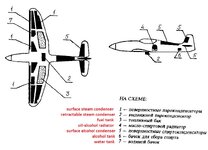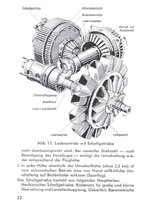Lets say that RLM greenlits the He 100 fighters for production in April 1939, with caveats/requirements:
- since the DB 601s are in short supply, Heinkel needs to find the alternative for the next 18 months of production (RLM is open for suggestions wrt. these alternatives)
- no evaporative cooling system(s)
- speed and endurance in ballpark with Bf 109E for starters
- guns' armament: at least one cannon + 4 MGs, or two cannons + 2 MGs
Heinkel has 3 months to have the prototype flying, and another month for another prototype.
Since I love the zero-sum game, feel free to alter the RLM purchases accordingly. Granted, 1-engined fighters are probably the cheapest and easiest to produce of all 1st line combat aircraft back then, so this will not hugely tax the German resources in the 1st place.
- since the DB 601s are in short supply, Heinkel needs to find the alternative for the next 18 months of production (RLM is open for suggestions wrt. these alternatives)
- no evaporative cooling system(s)
- speed and endurance in ballpark with Bf 109E for starters
- guns' armament: at least one cannon + 4 MGs, or two cannons + 2 MGs
Heinkel has 3 months to have the prototype flying, and another month for another prototype.
Since I love the zero-sum game, feel free to alter the RLM purchases accordingly. Granted, 1-engined fighters are probably the cheapest and easiest to produce of all 1st line combat aircraft back then, so this will not hugely tax the German resources in the 1st place.



